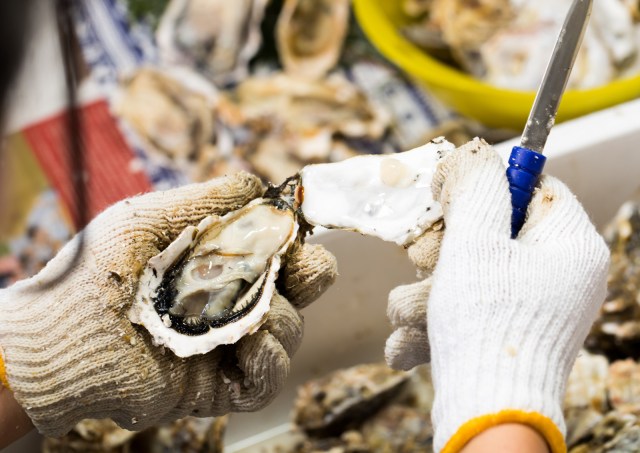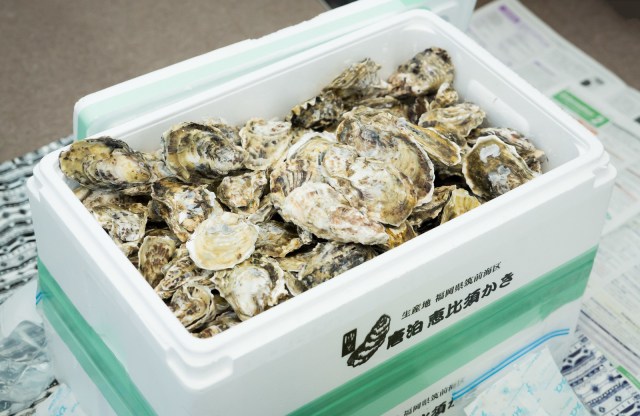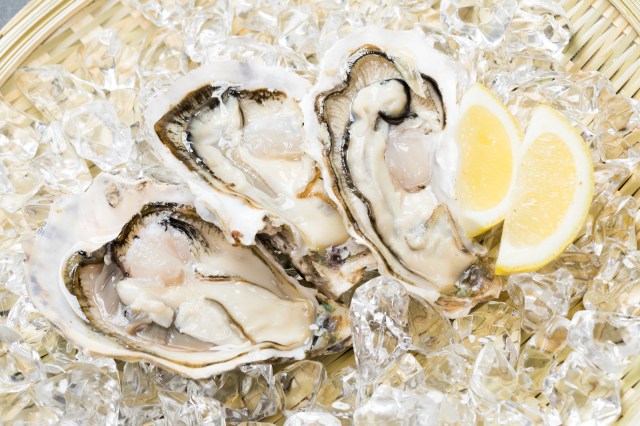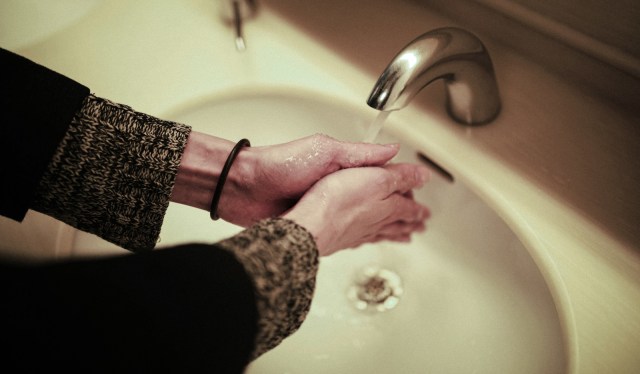Is it dangerous to slurp oysters straight from the shell? Japan’s Ministry of Health weighs in

It can go two ways: a fun time or a lot of time in the toilet.
While there are many ways to eat oysters, from grilling to deep frying them, one of the most popular ways is to simply shuck one, drizzle some lemon juice on top, and slurp up the oyster meat straight from the shell.
Except there’s a slight catch. When it comes to eating raw shellfish in general, there is always the risk of contracting food poisoning, and a delicious dinner could very well become a potential nightmare.
However, one Japanese Twitter user has rocked the boat by claiming that one surefire way to avoid food poisoning, and more specifically dangerous bacteria, is to never have the oyster shell touch your mouth, basically implying that slurping oysters from the shell is more dangerous.
▼ Happy hour starters or a gastrointestinal disaster waiting to happen?

While the original tweet which caused the stir has been deleted, its claim has roused a few questions in the heads of many netizens: what is the safest way to eat an oyster? Do you have a higher chance of contracting food poisoning or a digestive system-wrecking disease if you slurp oyster meat from the shell?
Luckily, the tweet has generated such a large discussion that officials from Japan’s Ministry of Health came through with the answers.
▼ But let’s be real: it’s never a good idea to get food safety advice from an anonymous Internet stranger.

The short answer? It doesn’t matter. Whether you’re a slurper or you prefer separating the oyster meat from the shell with an utensil, neither way makes a difference in decreasing your chances of getting food poisoning or coming in contact with harmful bacteria.
The reason is because what causes food poisoning isn’t bacteria but actually a virus — the norovirus to be specific. And how humans come in contact with norovirus isn’t through the carapace of a shellfish but actually through its meat.
▼ Eat me if you dare!

The way norovirus appears in oyster meat is no sudden or random occurrence. Noroviruses travel into marine environments through sewage leaks, essentially through unprocessed feces or vomit. Oysters, being bivalve mollusks that feed by filtering water through their insides, end up accumulating norovirus particles if they are situated near an area with poor sewage treatment and/or control.
Basically, your chances of contracting food poisoning are actually more dependent on the amount of norovirus particles in the inner intestine of an oyster. The Ministry of Health also stressed that proper hygiene practices, such as handling raw oysters in sanitary conditions and washing your hands, also play an important role in ensuring safe consumption of the beloved shellfish.
▼ Twenty seconds with warm, soapy water is the best practice!

At the end of the day, there’s really no way to avoid the risk of food poisoning when eating raw oysters, or raw shellfish in general. So if you really want to treat yourself to some tasty seafood but have something important to do the next day, sometimes it doesn’t hurt to take the more fiery route and cook your oysters on high heat.
Or in the case of hot summery days, eat your fried oysters as ice cream instead.
Source: Yahoo! Japan via Hachima Kiko
Top image: Pakutaso
Images: Pakutaso (1, 2, 3, 4)
● Want to hear about SoraNews24’s latest articles as soon as they’re published? Follow us on Facebook and Twitter!
Credit:

0 comments: